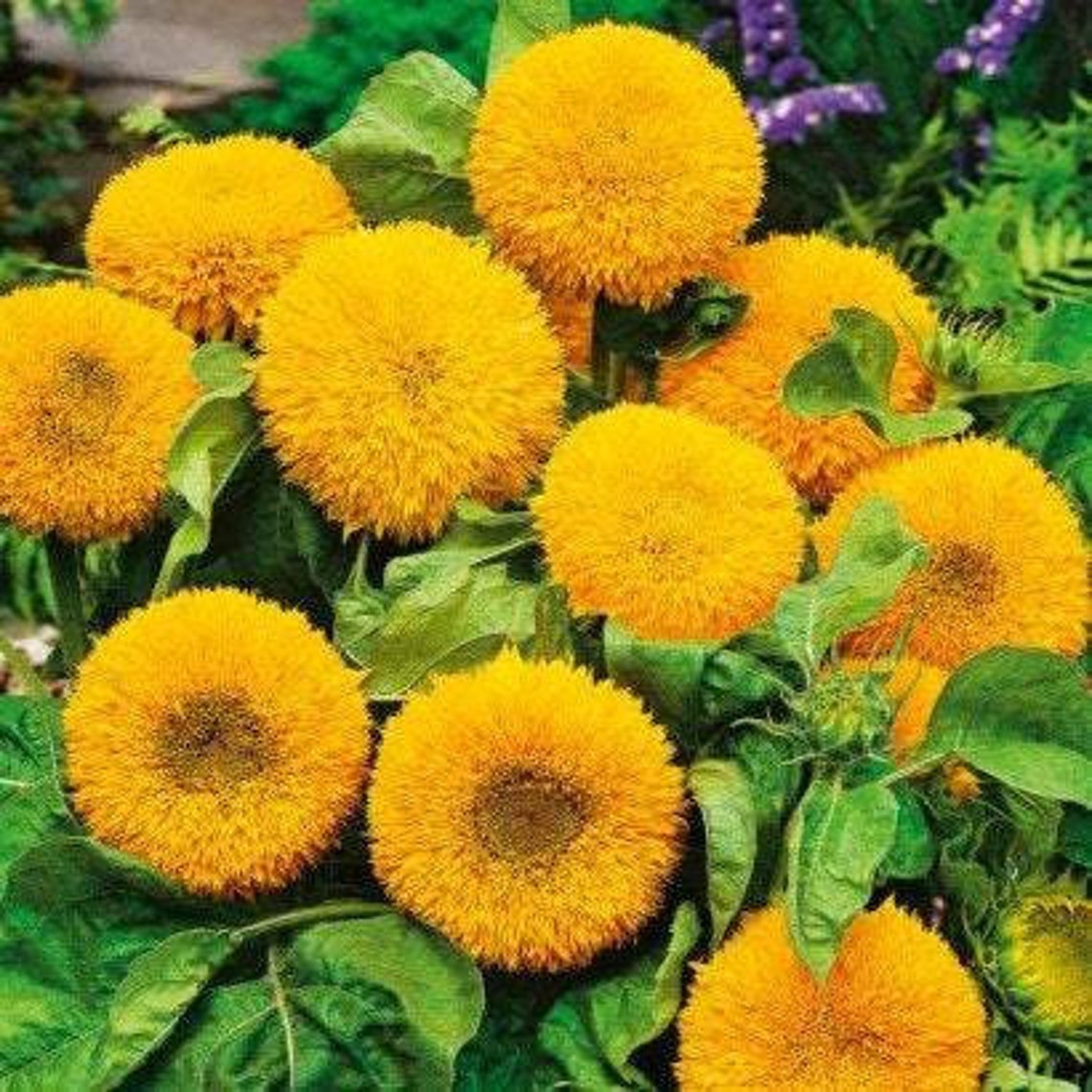
The sensitive plant's closing leaves are a good example of reversible leaf movement via pulvinuli. It effectuates leaf motion due to reversible changes in turgor pressure, which occurs without growth. A pulvinus is a flexible segment in the leaf stalks (petiole) of some plant species and functions as a 'joint'. Sunflowers do not have a pulvinus below their inflorescence. This eastward orientation allows rapid warming in the morning and, as a result, an increase in pollinator visits. When growth of the flower stalk stops and the flower is mature, the heliotropism also stops and the flower faces east from that moment onward. If a sunflower plant in the bud stage is rotated 180°, the bud will be turning away from the sun for a few days, as resynchronization with the sun takes time. They are able to regulate their circadian rhythm in response to the blue-light emitted by a light source. Their heliotropic motion is a circadian rhythm, synchronized by the sun, which continues if the sun disappears on cloudy days or if plants are moved to constant light. Young flowers reorient overnight to face east in anticipation of the morning.
TEDDY BEAR SUNFLOWER FULL
When sunflowers reach full maturity they no longer follow the sun, and continuously face east. At dawn the head of the flower faces east and moves west throughout the day. Young sunflowers orient themselves in the direction of the sun. This alignment results from heliotropism in an earlier development stage, the young flower stage, before full maturity of flower heads ( anthesis). This old misconception was disputed in 1597 by the English botanist John Gerard, who grew sunflowers in his famous herbal garden: " have reported it to turn with the Sun, the which I could never observe, although I have endeavored to find out the truth of it." The uniform alignment of sunflower heads in a field might give some people the false impression that the flowers are tracking the Sun. Although immature flower buds exhibit this behaviour, the mature flowering heads point in a fixed (and typically easterly) direction throughout the day. įlower heads facing east, away from the late afternoon sunĪ common misconception is that flowering sunflower heads track the Sun across the sky. petiolaris) is similar in appearance to the wild common sunflower the scales in its central disk are tipped by white hairs. These mature into fruit (sunflower "seeds"). The spirally arranged flowers in the center of the head are called disk flowers. They are sexually sterile and may be yellow, red, orange, or other colors. Each "petal" consists of a ligule composed of fused petals of an asymmetrical ray flower. The outer flowers, which resemble petals, are called ray flowers. What is often called the " flower" of the sunflower is actually a "flower head" ( pseudanthium), 7.5–12.5 centimetres (3–5 in) wide, of numerous small individual five-petaled flowers (" florets"). The plant flowers from June to September. Sunflower leaves are broad, coarsely toothed, rough and mostly alternate those near the bottom are largest and commonly heart-shaped. The tallest sunflower on record achieved 9.17 m (30 ft 1 in). The plant has an erect rough-hairy stem, reaching typical heights of 3 metres (10 feet). Sunflower seeds were brought to Europe from the Americas in the 16th century, where, along with sunflower oil, they became a widespread cooking ingredient. The binomial name Helianthus annuus is derived from the Greek Helios 'sun' and anthos 'flower', while the epithet annuus means 'annual' in Latin. The domestic sunflower, however, often possesses only a single large inflorescence (flower head) atop an unbranched stem.

Wild H. annuus is a widely branched annual plant with many flower heads.

The plant was first domesticated in the Americas. This sunflower species is also used as wild bird food, as livestock forage (as a meal or a silage plant), in some industrial applications, and as an ornamental in domestic gardens. The common sunflower ( Helianthus annuus) is a large annual forb of the genus Helianthus grown as a crop for its edible oil and seeds.


 0 kommentar(er)
0 kommentar(er)
